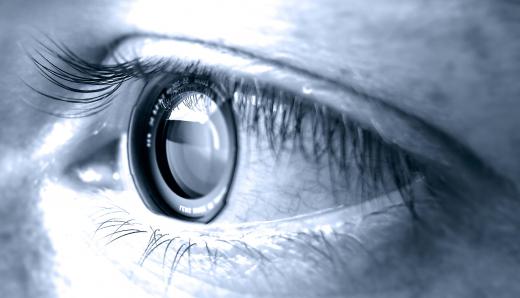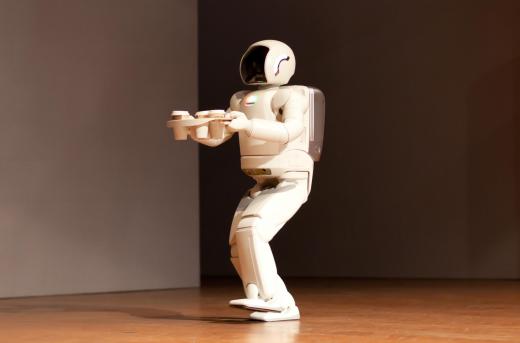What is Android Science?
Beyond what the term implies, android science isn’t simply about designing and building robots. Rather, android science is the design and construction of robots for the purpose of studying human behavior — specifically, how people interact with and react to robots. As robotic science advances, we come closer to the day where robots will play everyday roles in our society. The ultimate objective of android science is to develop a robotic design that eliminates any psychological barriers people may have in interacting with robots.
Some argue that the leading edge of android science is being advanced in Japan, where Hiroshi Ishiguro, director of the Intelligent Robotics Lab at Osaka University, and Karl F. MacDorman, associate professor at the School of Informatics at Indiana University-Purdue University Indianapolis, have created Repilee Q2. Repliee Q2 is a lifelike robot, which from a short distance away, is virtually indistinguishable from a petite, Japanese woman.

When Repilee Q2 starts to move however, the illusion falls away. In his quest to perfect a more lifelike android, Ishiguro’s focus is on studying human perception. Using androids like Repilee Q2, he seeks to explore, in depth, a key concept in android science — the Uncanny Valley theory, proposed by robotics pioneer Mashahiro Mori in 1970. In essence, the Uncanny Valley theory suggests that the more a robot resembles a human being, the more positive a human being’s reaction will be. Go too far in the endeavor to produce a truly lifelike robot, however, and you may trigger repulsion among humans.

In explaining the Uncanny Valley theory, MacDornan says that the degree to which an android is lifelike matters. Recent evidence has shown that these androids are better at eliciting normal human interaction than animated characters or less lifelike robots. But, MacDornan points out, that humans have an increased sensitivity to any defects they may have making them less human looking.
Ishiguro and MacDornan pursue android science with the conviction that, in the future, humans are destined to interact naturally with androids. The challenge will be to push back the threshold of the Uncanny Valley; but that means much more than saving people from everyday drudgery. They also believe androids, because they have a physical presence yet can be precisely controlled, can be used more effectively than human actors to scientifically study human relations and disorders which, in turn, will enable them to build better androids.
AS FEATURED ON:
AS FEATURED ON:












Discuss this Article
Post your comments